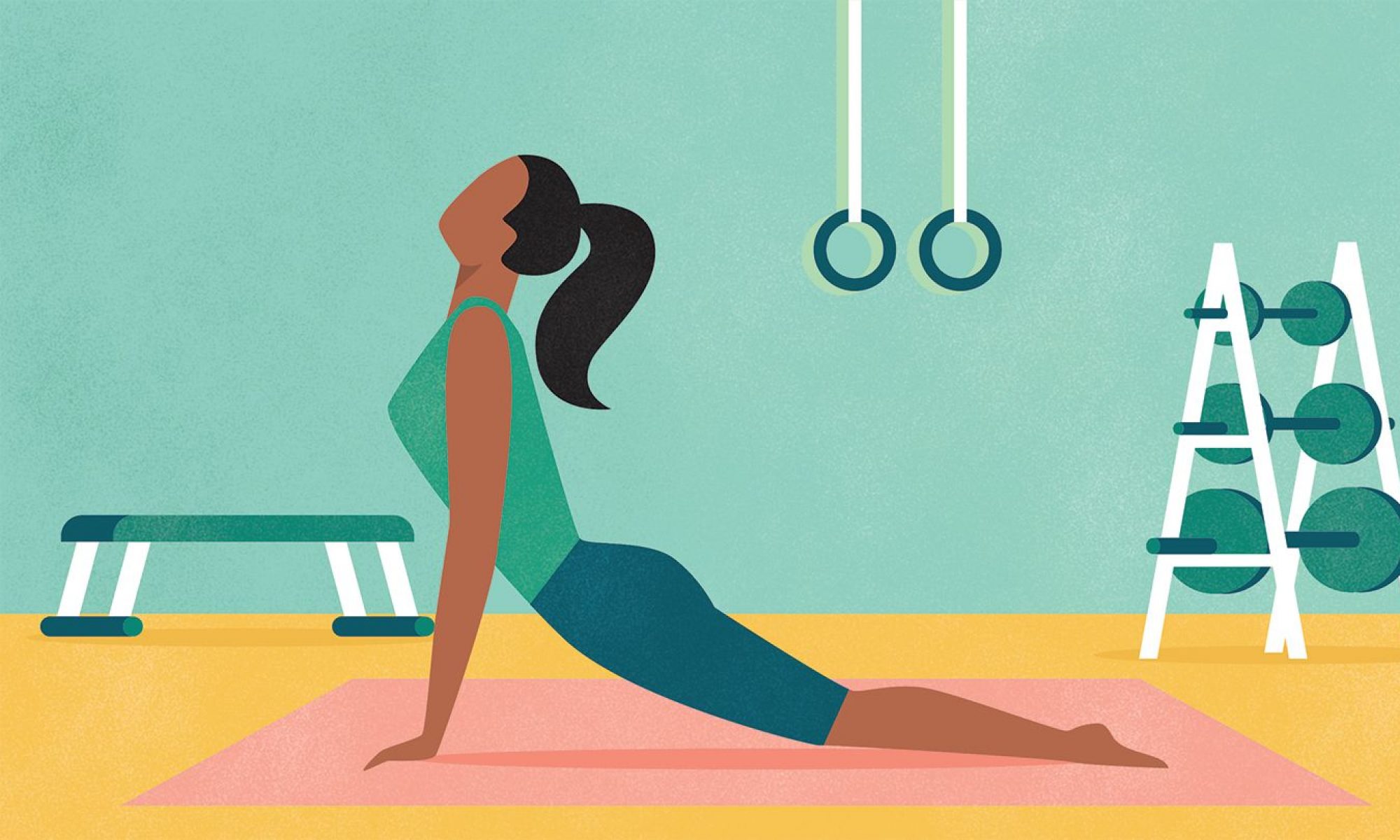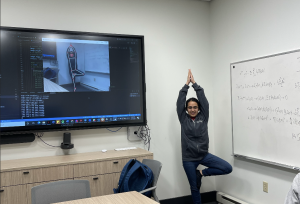Current Progress:
- Tested the acrylic two way mirror with the monitors. Through the testing, we realized that the acrylic is a much better solution that the mirror film and so decided to stick to using this for the hardware.
- We spent time doing research into the wooden frame construction and the different tools we have at CMU (like techspark and what is needed to do wood working there) to build the frame. We are now designing the wooden frame to build next week.
- We have had extensive ideation sessions on how to map the camera coordinates to the mirror coordinates, which included a lot of trigonometry and physics for mirrors. We now have a much better idea of how we want to implement this and have broken them down into sub tasks.
- We have written a function to calculate the amount by which an object appears smaller as they move away from the mirror, which we will use for understanding which parts of a body is visible on the mirror.

Next Steps:
- Since we only have one work session scheduled during class time due to the ethics discussion, we are planning to meet 2 more times throughout the week to discuss our progress in our respective sections
- We divided out the work into actionable sections that should be completed by the end of next week
- Youssef: Working on how to render the error corrections (highlight/circle nodes with openCV or using tkinter)
- Sruti: Working on the Camera to Mirror mapping by scaling different nodes and transforming the coordinates using a camera projection matrix
- Ankita: Working on planning out the hardware assembly, ordering parts, and potentially creating a CAD model of our product
Challenges/Timeline
- One major challenge is to complete the implementation of our mirror mapping methodology per our outlined approach and verify that it works as expected, tuning as needed
- We also need to complete the pose correction rendering and ensure that users can suitably understand their errors and correct based on these suggestions
- We are on track with our original timeline, but are beginning to have tasks with sequential dependencies, particularly on the hardware construction of the mirror itself. We need to have this completed in order to most accurately test the mirror mapping work and implementation as well as the final pose correction rendering

